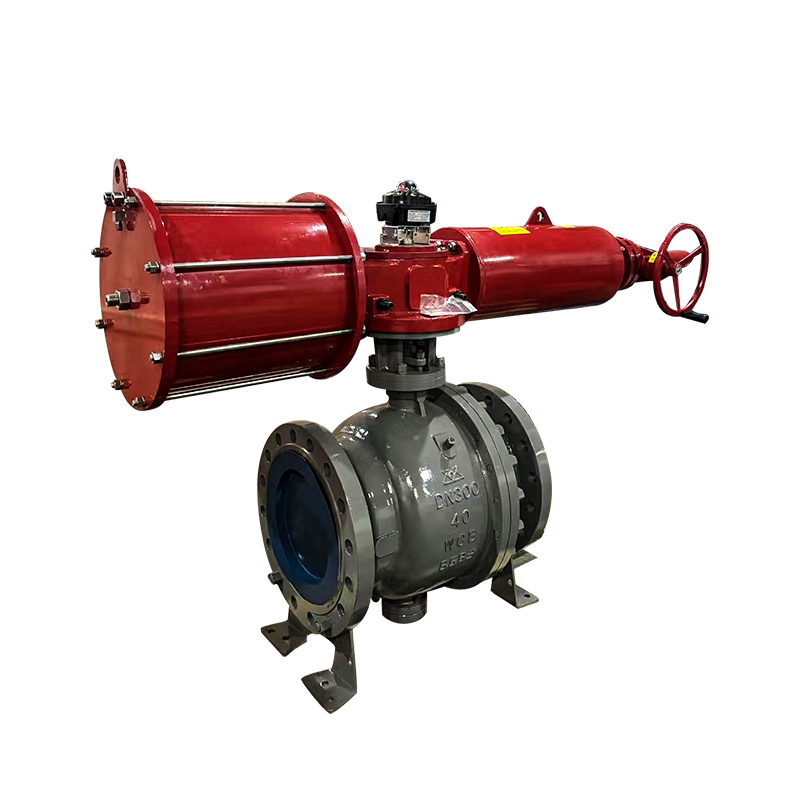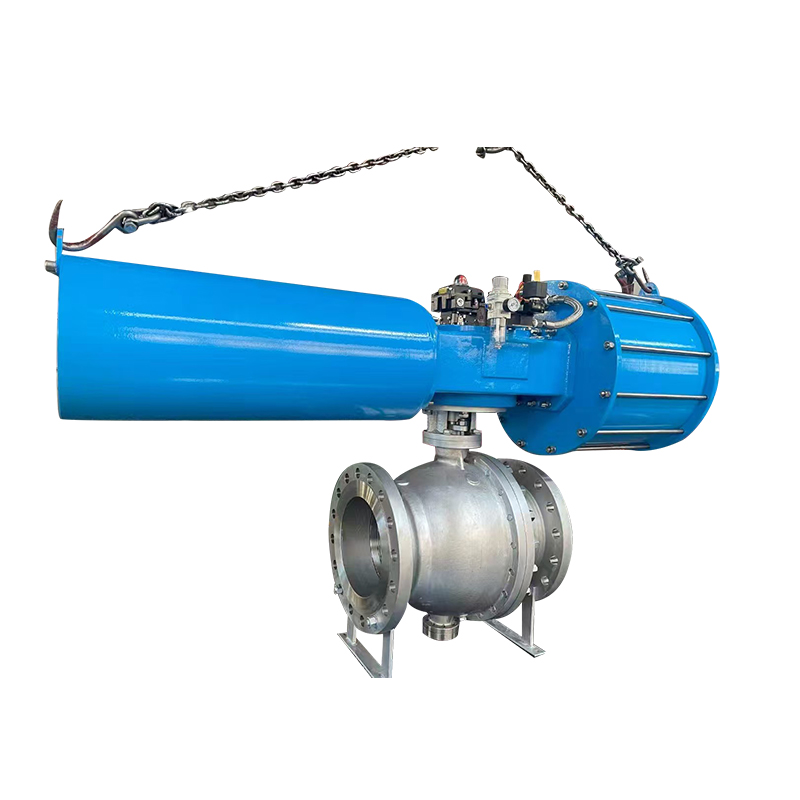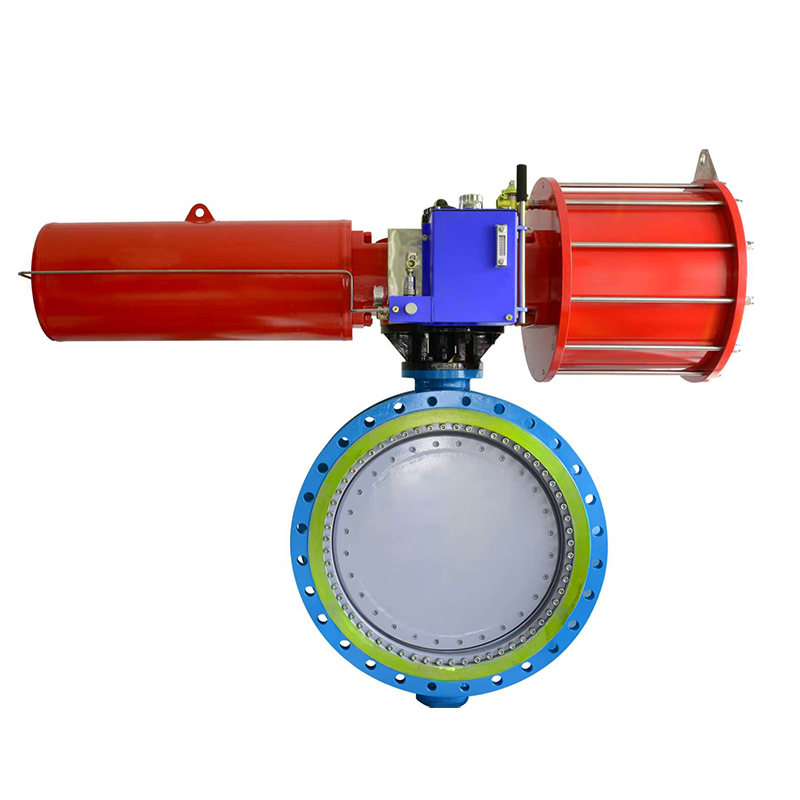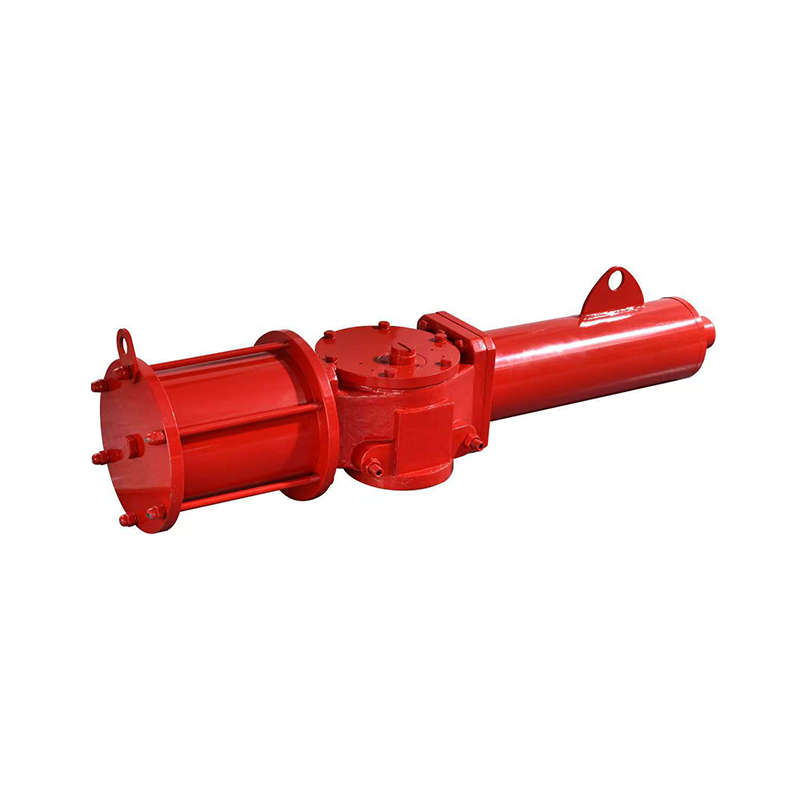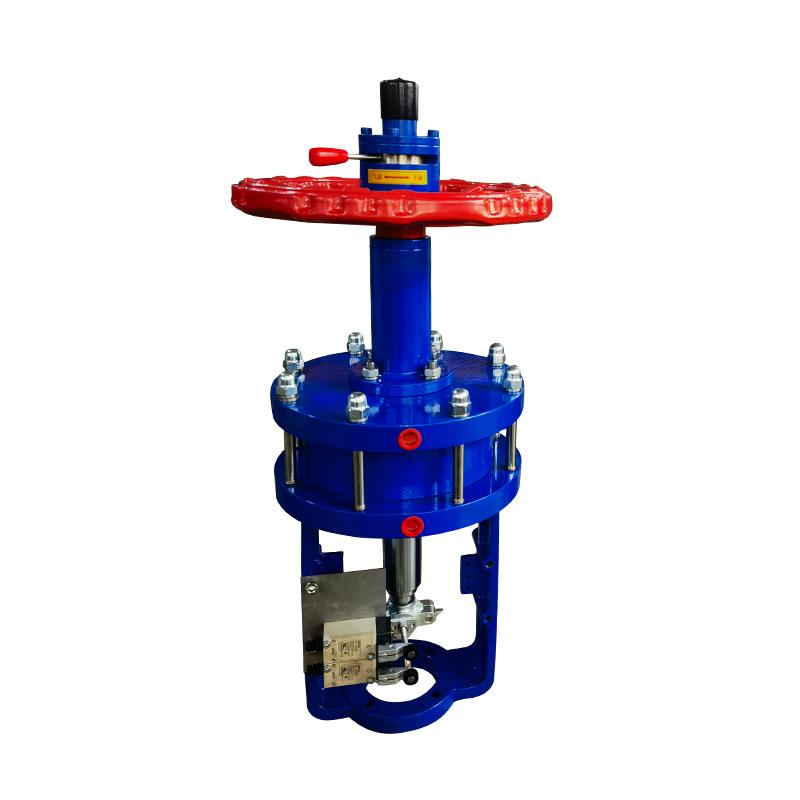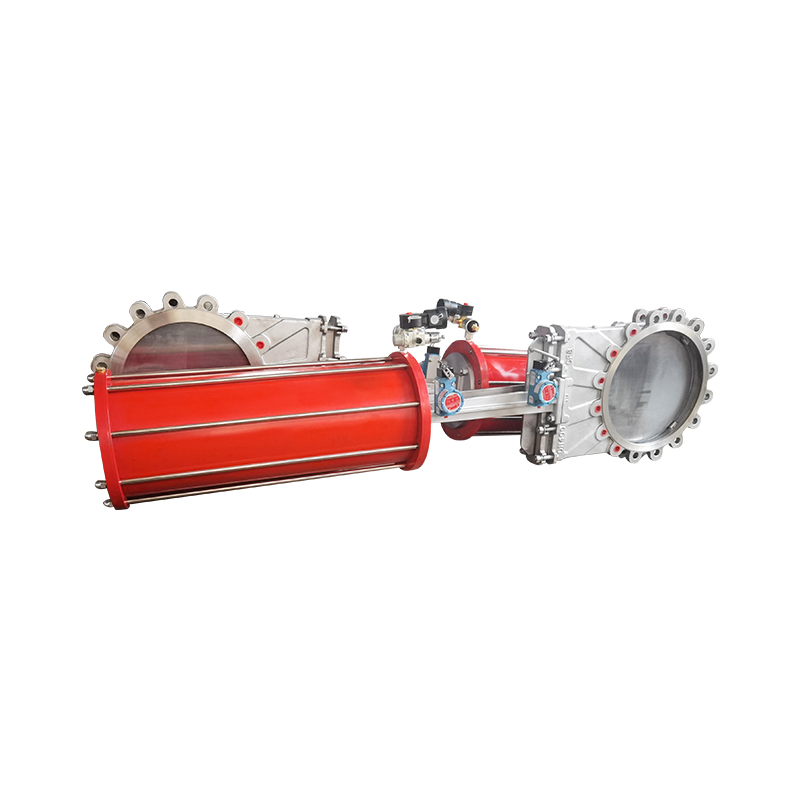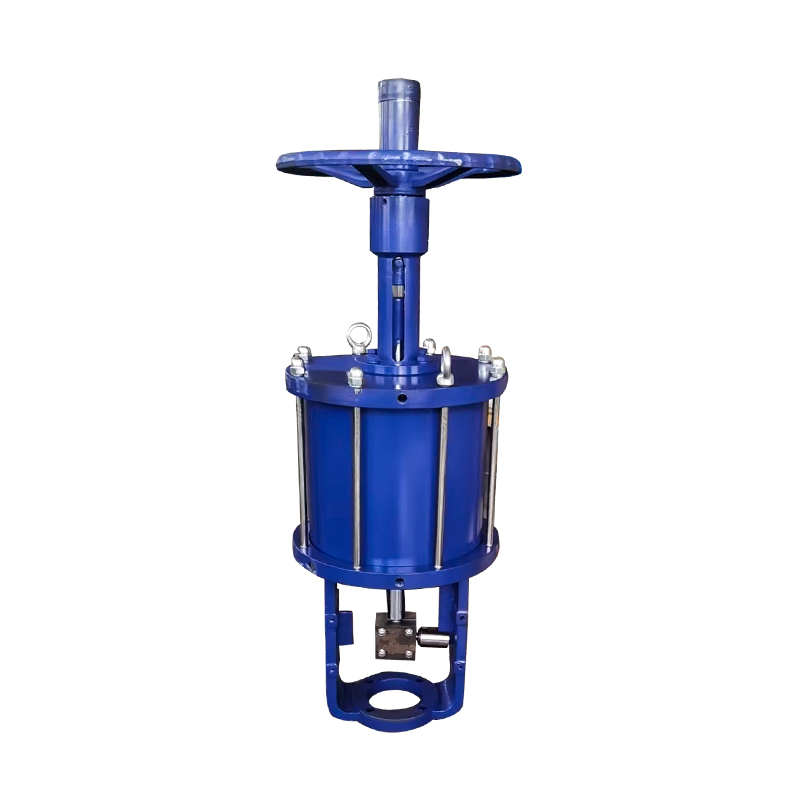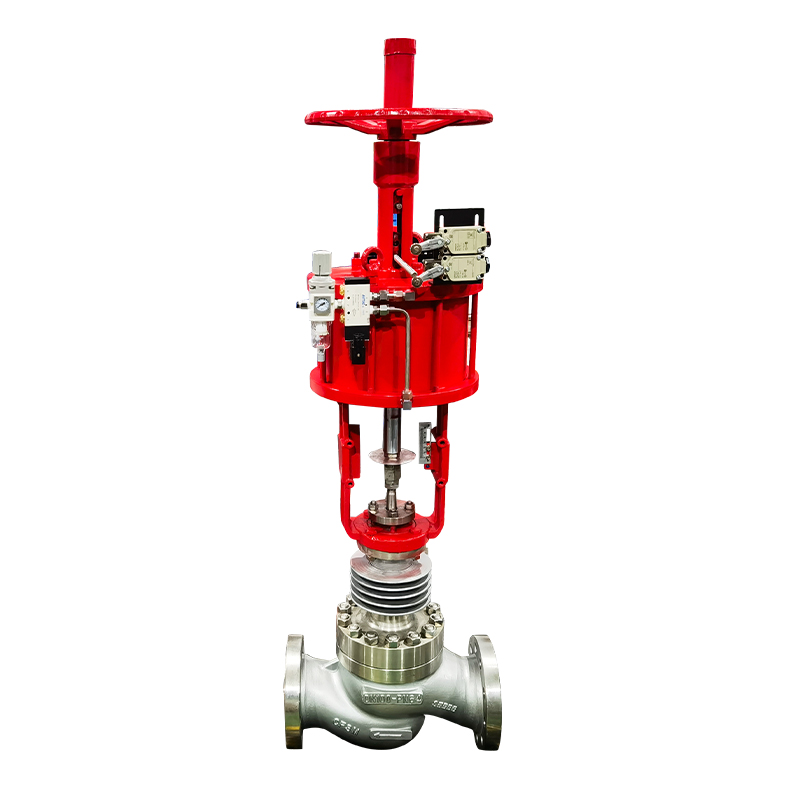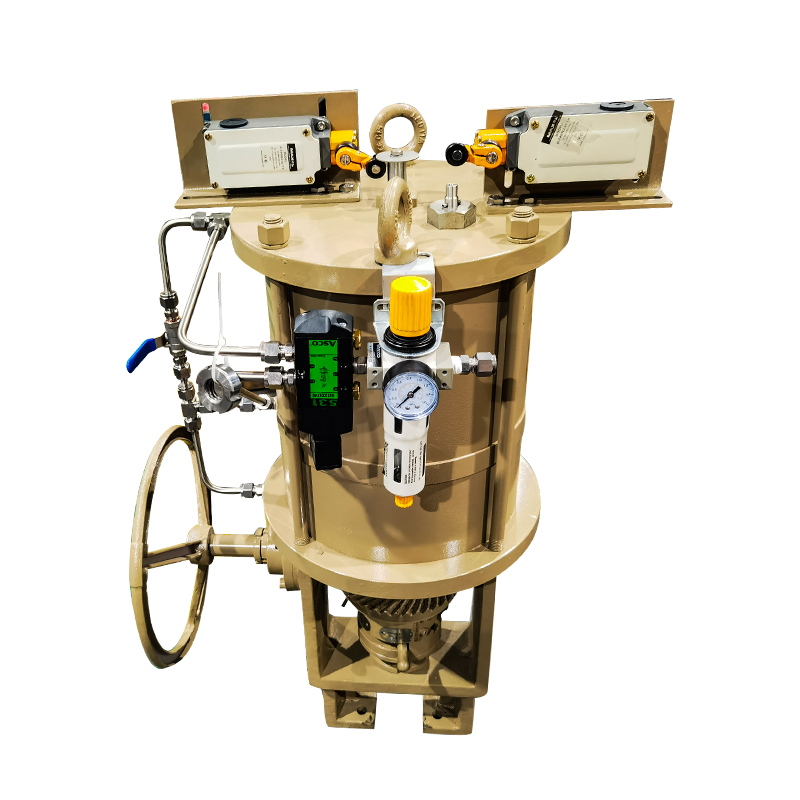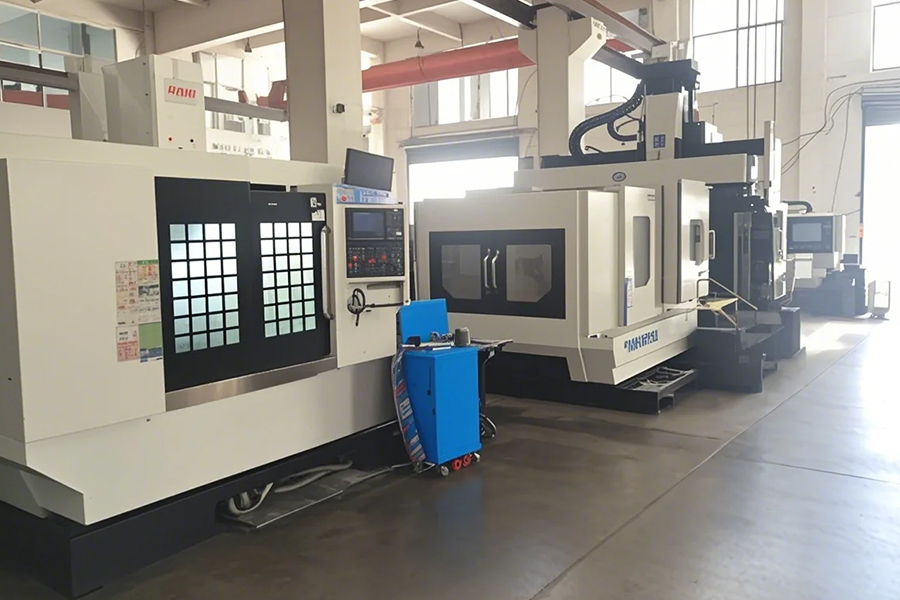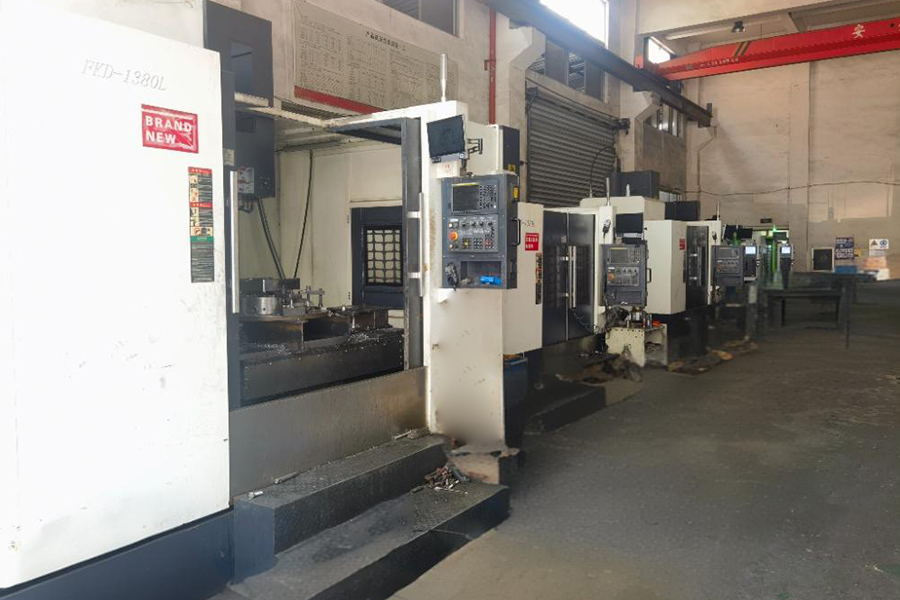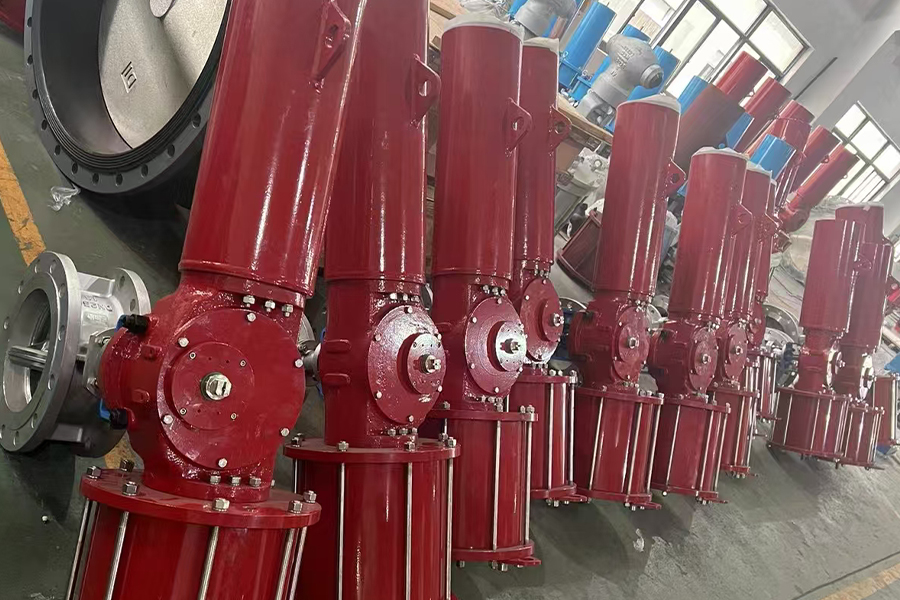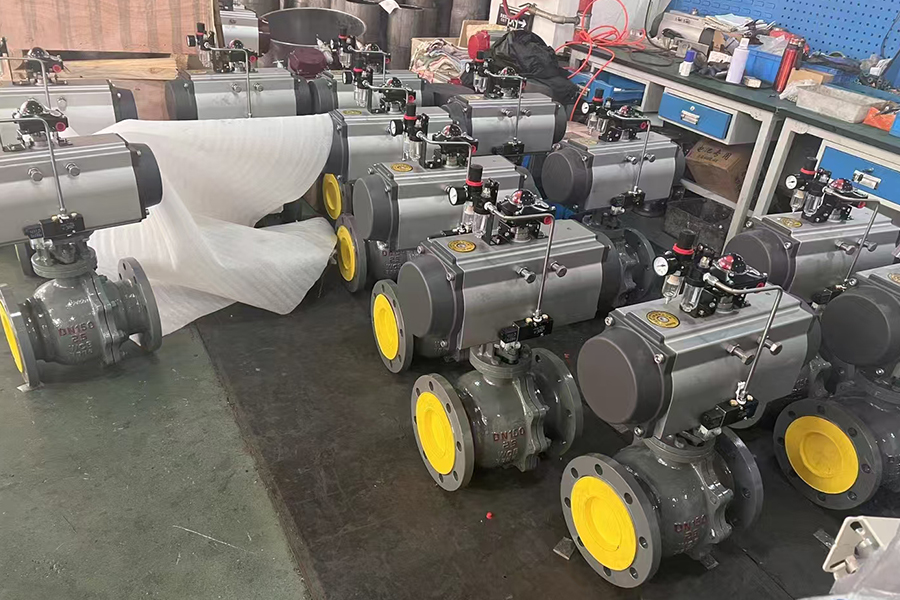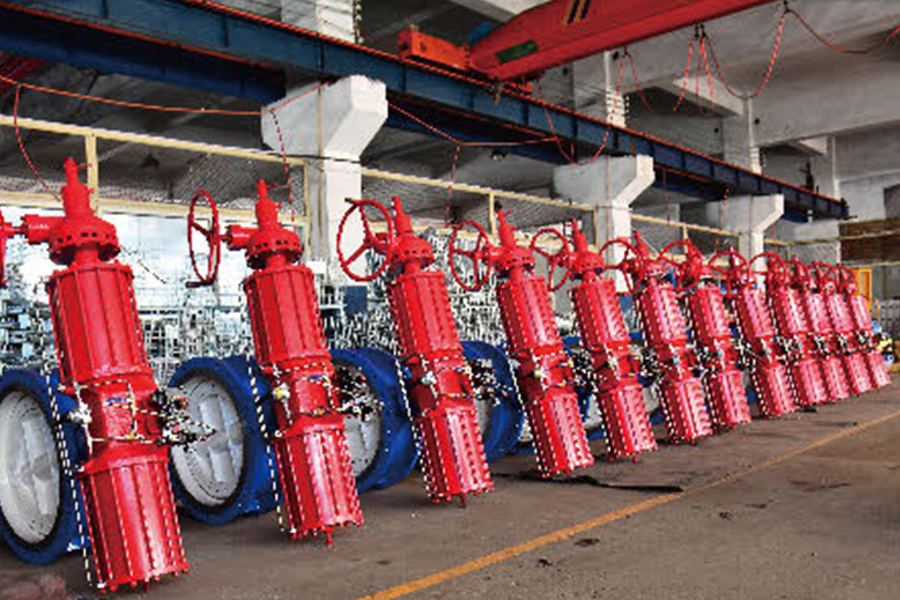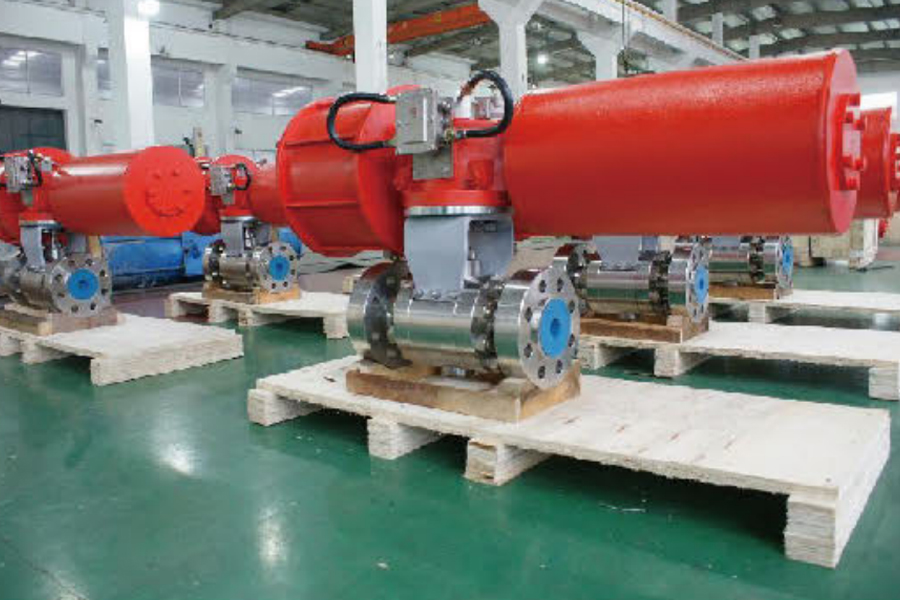A Butterfly Valve with Pneumatic Actuator is a quarter-turn valve that regulates fluid flow through a rotating disc mounted on a shaft. When combined with a pneumatic actuator, the valve becomes part of an automated system where air pressure controls the opening and closing of the disc.
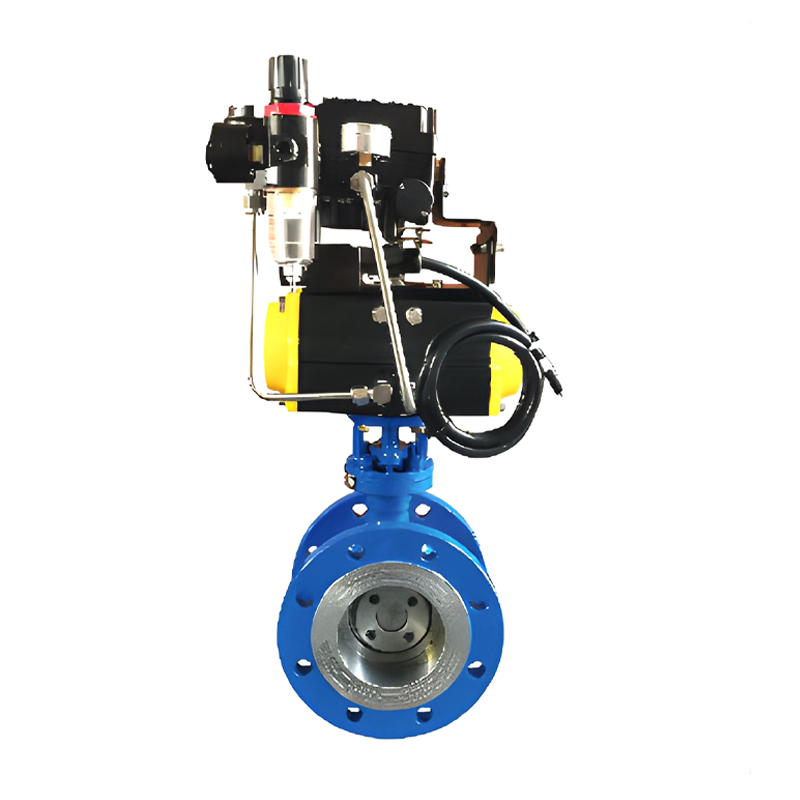
The working process begins with a signal sent from a control system (manual or automatic) to the pneumatic actuator. This actuator typically operates using compressed air. When air enters the actuator's chamber, it pushes a piston or diaphragm, generating torque that rotates the valve stem and disc by 90 degrees. This motion either aligns the disc with the flow (open position) or turns it perpendicular to the flow (closed position).
The speed and accuracy of the rotation depend on the actuator type—single-acting or double-acting—and the control method. Double-acting actuators use air to both open and close the valve, providing more control, while single-acting types rely on a spring for return motion.
This setup offers several advantages. It allows for remote and automated control, reduces the need for manual operation, and supports rapid cycle times. Butterfly valves with pneumatic actuators are commonly used in water treatment, HVAC systems, and process industries due to their compact design, reliability, and suitability for large flow volumes with moderate pressure drops.
The Globe Valve Pneumatic Actuator system is widely used for applications that require precise flow control and throttling capabilities. A globe valve operates with a linear motion, making it particularly well-suited for integration with a pneumatic actuator that can provide accurate up-and-down movement.
In this setup, the pneumatic actuator is mounted on top of the globe valve and is connected to the valve stem. When compressed air is introduced into the actuator's chamber, it moves a diaphragm or piston in a linear motion. This motion is transmitted to the valve stem, which in turn lifts or lowers the internal plug (or disc) inside the valve body.
When the actuator pushes the plug away from the seat, fluid is allowed to pass through the valve. The amount of flow depends on how far the plug is lifted, making the globe valve ideal for modulating applications. Conversely, when the actuator pulls the plug down onto the seat, the flow is restricted or stopped entirely.
Globe valves are favored for their throttling characteristics and tight shutoff capabilities. The pneumatic actuator enhances these qualities by allowing precise and repeatable positioning based on control signals. Positioners can also be added to the actuator to further improve accuracy, ensuring that the valve responds proportionally to the input signal.
These systems are often found in industries where accurate flow control is essential, such as chemical processing, steam regulation, and fuel systems. The linear motion provided by the pneumatic actuator ensures a smooth response and stable control, making the globe valve actuator combination ideal for regulating complex or sensitive flow conditions.
Both the Butterfly Valve with Pneumatic Actuator and the Globe Valve Pneumatic Actuator serve important roles in automated flow control systems. While the butterfly valve offers quick, quarter-turn operation ideal for larger volume flow control with low pressure drops, the globe valve excels in precise modulation where accuracy is critical.
The integration of pneumatic actuators into these valves brings efficiency, speed, and automation to industrial systems. Understanding their working principles not only helps in choosing the right valve for a given application but also contributes to the effective design and operation of modern fluid control systems.








